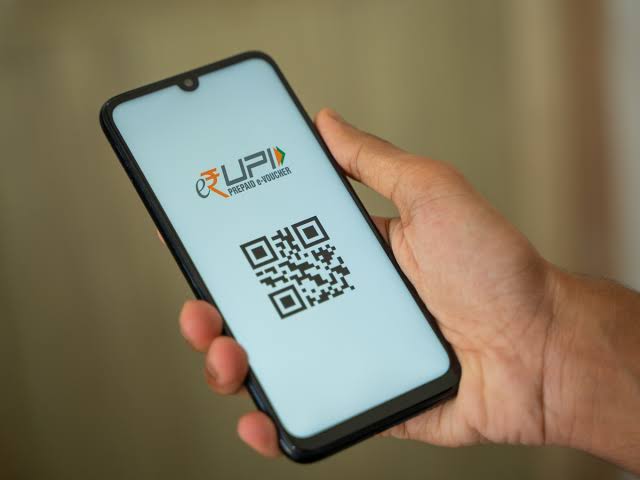The Reserve Bank of India Governor Shaktikanta Das on Friday announced a proposal for a new UPI-based cash deposit facility. This announcement came during the unveiling of the first monetary policy statement for the fiscal year 2024-25.
UPI has primarily been used for peer-to-peer transactions, bill payments, merchant transactions and other digital payments. Now, with the latest announcement, you will be able to deposit cash at Cash Deposit Machines (CDMs) using your UPI instead of needing an ATM/debit card.
UPI has gained significant popularity in India due to its convenience, speed and interoperability, contributing to the growth of digital payments in the country.
The RBI will likely release more details on how this system will work in the future.
Enabling UPI for Cash Deposit Facility
RBI Governor said that CDMs deployed by banks enhance customer convenience while reducing the cash-handling load on bank branches. The facility of cash deposit is presently available only through the use of debit cards.
“Given the popularity and acceptance of UPI, as also the benefits seen from the availability of UPI for card-less cash withdrawal at ATMs, it is now proposed to facilitate cash deposit facility through the use of UPI. Operational instructions will be issued shortly,” he added.
Cash Deposit Machines
Cash Deposit Machines or CDMs are ATMs that allow you to deposit cash directly into your bank account. They are a convenient way to deposit cash without having to visit a teller during branch hours.
UPI
Unified Payments Interface is a real-time payment system developed by the National Payments Corporation of India (NPCI). It facilitates instant fund transfers between two bank accounts on a mobile platform, without requiring details of the beneficiary’s bank account.
UPI simplifies the payment process by eliminating the need for traditional banking details such as account number, IFSC code, etc. Payments are initiated using virtual payment addresses (VPAs), mobile numbers or QR codes.
Besides peer-to-peer transfers, UPI can also be used for paying utility bills, mobile recharges, and making online purchases.



